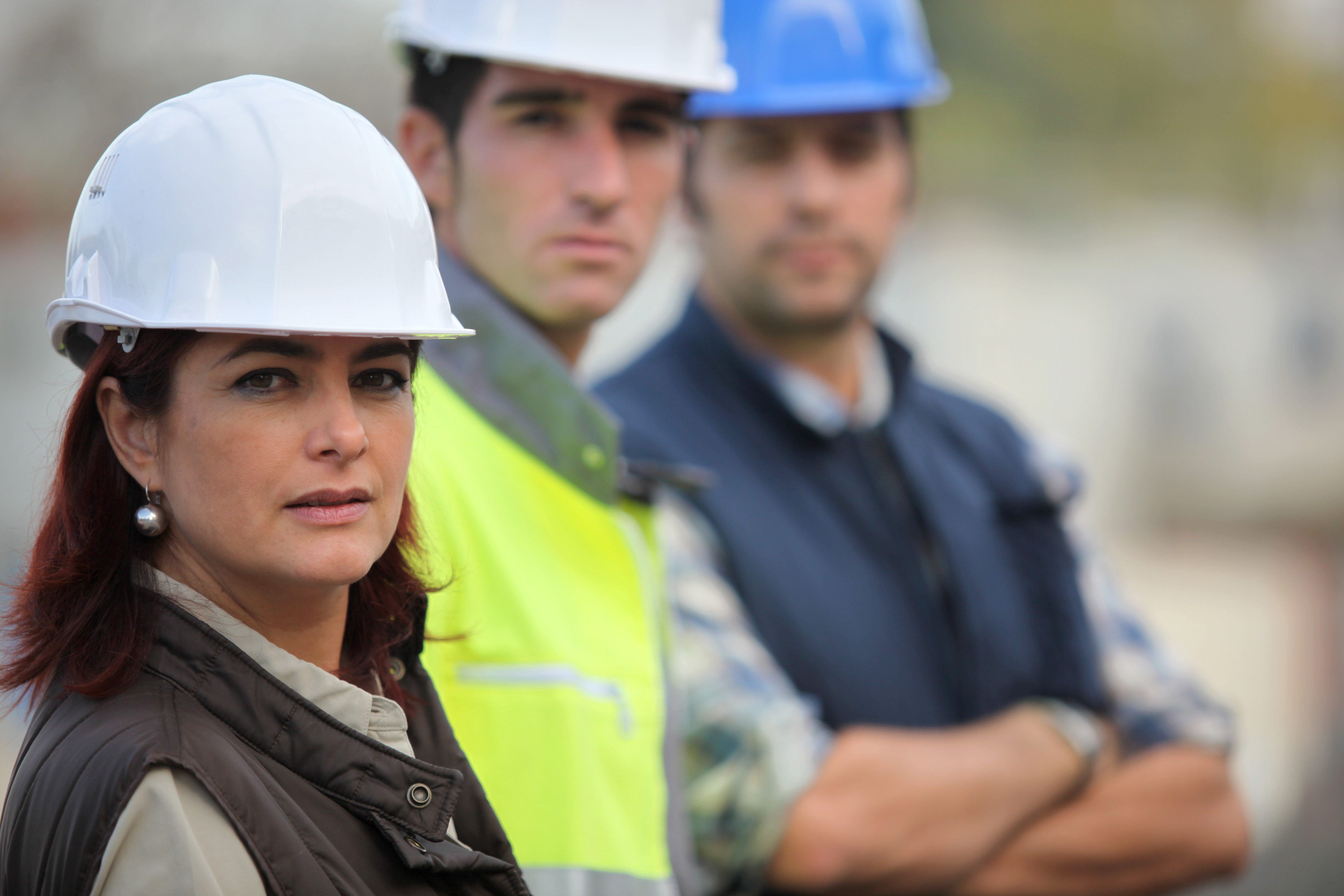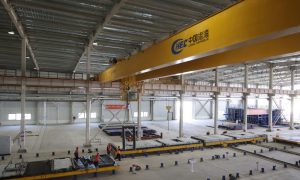Above the Glass Ceiling
Three women working in the Middle East’s construction industry talk to Big Project ME about the issues and challenges women face when it comes to bridging the gender divide

It’s always been something of an open secret that the construction industry has been one of the last bastions of male domination, a sanctuary for the archetypical ‘alpha male’ and one where no woman would dare tread, for fear of breaking a nail.
Ridiculous as that sentiment may be, there are justifiable reasons for concern when it comes to evaluating the prevalence of women in the global construction industry. To illustrate just how underrepresented women are, one needs to only look at the statistics to see the alarming truth.
According to a US focused study carried out by the National Association of Women in Construction, a mere nine percent of the US construction workforce is made up of women. Of that nine percent, 76 percent of them hold sales and office positions, the report said. Between 2005 and 2010, the number of women in the industry actually dropped by close to 275,000, figures from the Association showed.
If the numbers are so bad in the US, what then of the construction industry in the Middle East, which is, by and large, a traditionally male-oriented society? As official numbers are hard to come by, Big Project ME spoke to three women working in construction in the region to get a sense of where their gender stands in relation to the rest of the global industry.
Caroline Lewis-O’Halloran is the regional director of marketing and business development for Hyder Consulting ME. Currently based in Dubai, she plans to move to Saudi Arabia to work on Hyder’s projects in the Kingdom.
“Hyder creates a positive environment for women to develop and grow their career with no ceiling or limits,” she says. “Our organisation employs over 4,000 people around the world, with 1,200 staff located in the Middle East, and we are a multi-national company, committed to diversity.”
Lewis – O’Halloran adds that approximately 17% of the workforce at Hyder Middle East is female, though the percentages are higher in the UK, Europe and Asia Pacific. Furthermore, in some parts of the company’s business, particularly in their environment sector, the number of women employed rises to close to 50%.
“It’s interesting to note that in a recent study of over 350 Fortune 500 companies’ public financial returns has shown correlation between the representation of women in leadership and corporate performance,” she points out.
“The study reveals that the top 25% of companies with the highest proportion of women in leadership positions averaged over 35% higher return on equity and 34% higher total return to shareholders than those companies with the lowest representation of women.”
Lewis – O’Halloran concedes that this may be difficult to implement in the Middle East, given the reputation it has in the West as a tough operating environment for women.
“For expats going to the Middle East, it is perceived as quite a difficult place for women to operate in business, so if you combine this with the very low number of women engineers anyway, you’ll see that it is very hard to attract women engineers to the region,” she explains, but adds that there are quite a few Middle Eastern business directors who are females, while countries like China and India are also producing more female engineers, which is a promising sign for the future.
However, Allison Wicks, a completions manager for Six Construct, doesn’t necessarily agree that women have it all bad in the Middle East, pointing out that the benefits of working and gaining experience in the Middle East far outweigh the negatives.
“UAE is sometimes referred to back home as a construction playground, and an ambition for many is to work here. You have larger projects which you’d never have experience of, or exposure to, in the UK. So I think definitely, if you want to advance your career, this a good place (to come to),” she points out.
Having come down to Dubai in 2010, Allison has been involved with the Cleveland Clinic in Abu Dhabi, a mega project that has as many as 16,000 people working on site. This does present certain challenges, she says, especially when it comes to dealing with cultural differences, but a little diplomacy goes a long way.
“The approach of working is quite different in the Middle East, especially when it comes to quality, and of course the construction legislation which you work to. We have workers from fishing villages, farming industries (in SE Asia), who are now working as operatives in construction. So it’s a complete contrast (to the UK). Obviously, there’s also the language barrier as well.”
“ You do have to be (more hands on), aside from the usual methods of communicating,” Ally says. “In my role I work mainly with the construction managers and the floor managers, the supervisors for MEP and so on, so it’s easier to get the message across.”
However, she does concede that initially there was an element of culture shock when she first arrived, with the construction workers not used to having women onsite. Despite this, any initial disconcertion fades once she gets down to work, she says.
As a completions manager on a massive project such as the one in Abu Dhabi, she’s often asked to take the lead on a number of issues.
One important aspect of her work on the Cleveland Clinic is being tasked with the implementation of an automated handover management tool that combines a central database and the use of handheld technology like tablets.
“All the snagging is fully automated. We take a photo of the defect or the snag, produce reports which is sent to the central database where all the information is stored. We also administer our handovers and documentation through it now. We’ve got more than 7,500 rooms to handover, so it keeps paperwork to a minimum!”
Allison adds that when she and her colleague brought the technology to management at Six Construct, they were happy to let her run with the idea, do the research and then back the introduction of it on such a massive project.
This is attitude is symptomatic of the attitude the contractor has towards its employees, regardless of gender, she says.
“Within my company, they run an internship programme for university graduates. It operates from Belgium and overseas. We have had several graduates who receive training and development through the company and are working on our project,” Ally explains.
Further evidence of this progressive attitude has been the increased number of women she sees working with her now on a daily basis, many on jobs that require them to be on-site on construction projects.
“They’re definitely employing more women. Initially there were only a few of us, but since I’ve been here, I’ve noticed there are many women working in positions (onsite). There’s definitely an increase in women in manager roles (for example),” she points out.
Annette McElligott, a senior manager at Tamkeen, adds that one of the issues that women face in the construction industry is combating pre-conceived notions about their ability and suitability for the work.
“There is a perception that girls can’t do this. That you’re going to end up in a hard hat and a vest. There is a perception that you need to be good at maths, but construction management is a management role,” she says.
“Sometimes the attitude is that: you’re just a girl, you don’t know what you’re talking about. But you prove them wrong once, and they take you seriously,” she asserts. “I talk to my team, and say this the way I’d do it, ask how they would do it, but it’s a question of asking their advice, but not always following it,” she adds.
While she welcomes the introduction of more women into the construction industry, she remains cautious about the pace at which change will take place, and points out that women should be appointed, not just as a sop to political correctness, but entirely on merit.
“I have very few female colleagues and I am the only female senior manager in the Real Estate and Technical department,” McElligott says. “(But) I go to work to work, not to make friends. If I do, it’s a bonus, but I’m there to work.”



















